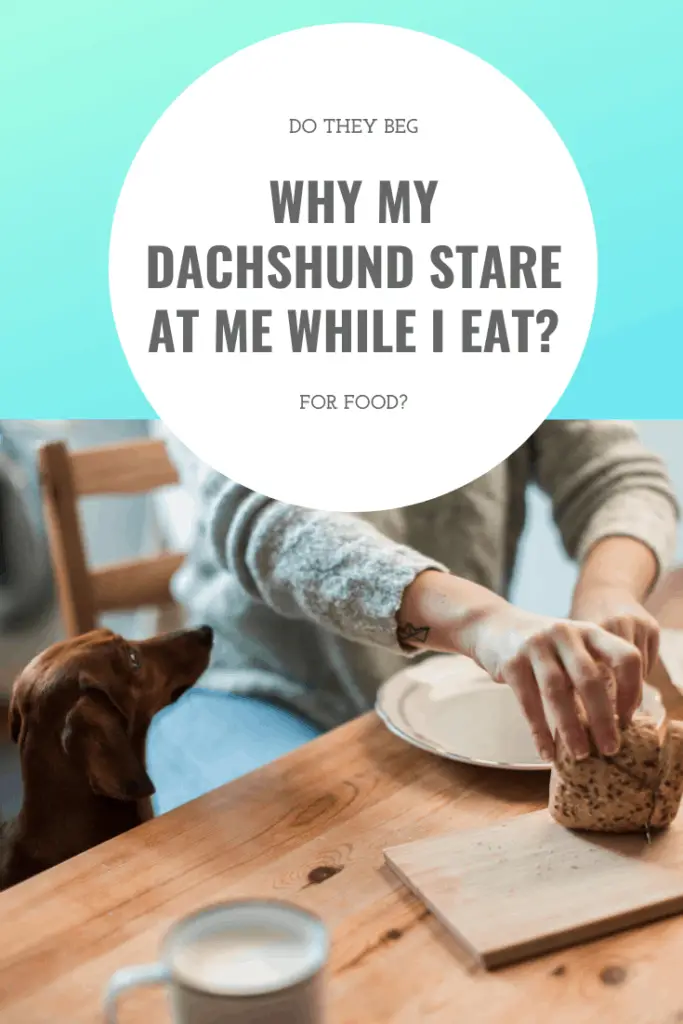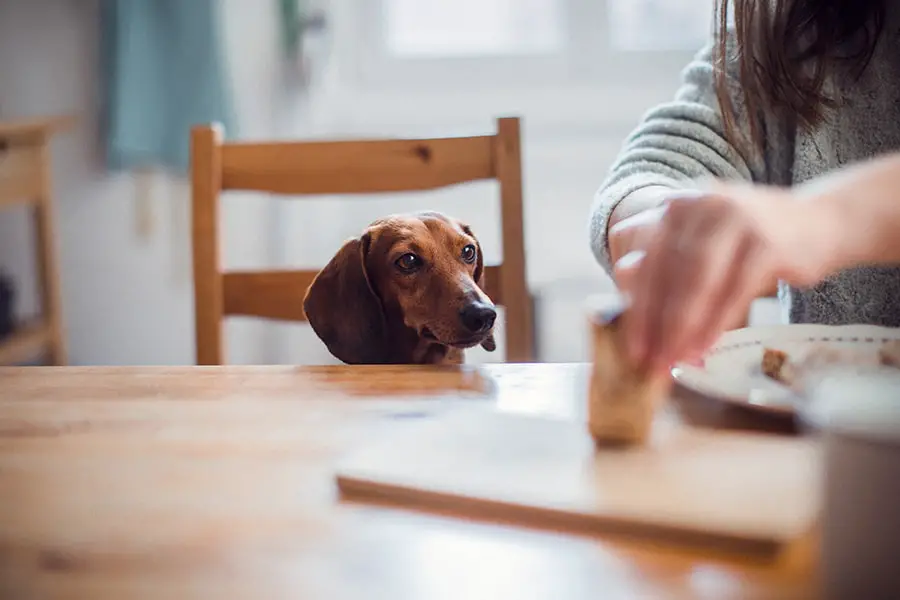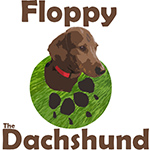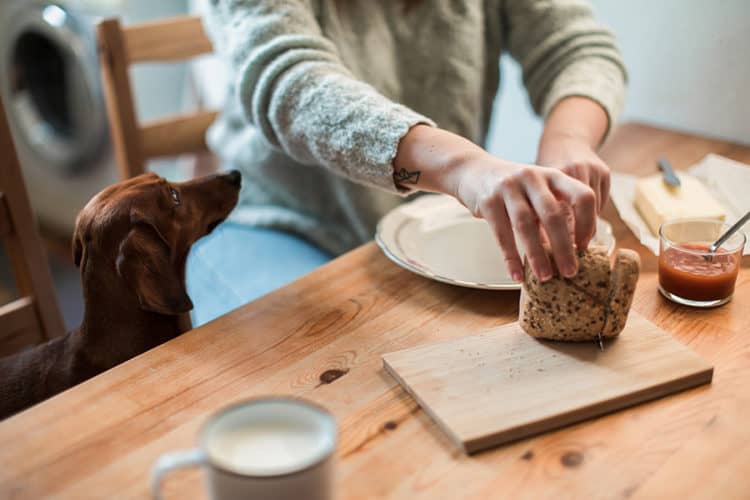There are a lot of perks associated with keeping a dachshund. Not only do you get a round-the-clock best friend, you also get a protector who won’t judge you when you feel like being a couch potato. However, your faithful buddy may have his own idiosyncrasies; for example, he may enjoy sniffing socks or staring at you obsessively when you’re not looking. One of the most common eccentric habits of a dog is sitting and watching you eat. This is a universal habit. Are leftovers his only motive? If he’s lucky, he might catch a bit of food that you “accidentally” drop. Is it permissible for your dog to stare at you while you’re eating? Is he begging or just drooling?

The root cause of the behavior
A veteran dog owner is probably used to being stared at during meal times, but the staring can be weird or uncomfortable for a new owner. In general, there are many reasons why your dog looks at you – most of the time, he wants something, and that something is almost always going to be food. “Puppy eyes” is a common dog tactic for getting what they want. You may not appreciate being stared at, but the behavior is quite normal.
Staring like this is a behavior your dog inherited from his wild relatives, who watched the leader of the pack eat in hopes that the leader would remember to save him some scraps. If a member of the pack failed to demonstrate his subordination by waiting patiently, at best, he would get snapped at; at worse, he may even become dinner himself.
Do They Beg For Food
If a guest sees your dog beg at the kitchen table, they might assume that you give your dog the leftovers or that you let your dog lick your plate. However, this may not necessarily be the case. We all know that dogs have a great sense of smell, and they are well aware that there is food around. They are finely tuned to the possibility that an occasional crumb may fall from the table, and they are enthusiastic about being there to sweep up right after it.
Dogs also have a great memory. This means that the smell of food and even the occasional crumb is enough to make them form positive associations with the kitchen table, even considering it a source of a potential snack. Bad table manners are common in dogs, but perseverance and the appropriate training can control them. Still, a lot of dog owners give in to “puppy eyes” and some even see begging behavior as cute. Unfortunately, even though it may seem harmless, giving your dog table scraps may result in other types of bad conduct.
Even if you have never fed your dog from your plate, he may still exhibit this begging behavior because it is a natural instinct. However, just because the behavior is natural does not mean it is healthy. Allowing your dog to manipulate you may undermine your position as pack leader, and may result in a loss of control over your dog. Other bad behavior can flourish as well. It is very important that you discourage begging in your dog. Be consistent about this as any exceptions will only confuse him and possibly reverse any progress the two of you made with his training. There are two schools of thought related to feeding arrangements. Some experts are of the opinion that owners should eat before their dog, and prior to giving food to your dachshund. In the pack, the alpha or leader eats first, and a dog owner must establish themselves as the leader of the pack at an early age in order to make future training much easier. There are other methods for achieving this objective, and they all require consistency on your part.

Feeding The Dog With You
Some experts think that an owner should feed their dog at the same time you eat. However, the dog’s bowl should be placed away from the kitchen table. Depending on your dog’s personality, eating at the same time that he does may result in strengthening your bond. This practice can only be implemented, however, if you’ve already been established as pack leader.
Some dog owners will feed their dog before feeding themselves. They reason is that if your dog is full, then he will have no need to beg, and may not even care about what is on your plate. No matter what method you decide to employ, they all share one tenet: Do not feed your dog from your plate, or feed him near the table. If your dog patiently waits for leftovers and you decide to oblige him, any leftovers should be placed in his bowl. Consistent rules are very important for establishing and maintaining your superiority, which can then be relied on for proper training.
Conclusion
Some dog owners cannot resist “puppy eyes” and feel guilty about eating around their dog. However, no matter how adorable he is, it is important to resist feeding your dog from the table or reward him for gawking as it can cause negative behavioral patterns to emerge in the future. If you do decide to give him leftovers, make sure that he is no longer glued to the table and that an adequate amount of time has passed since you yourself have eaten.

